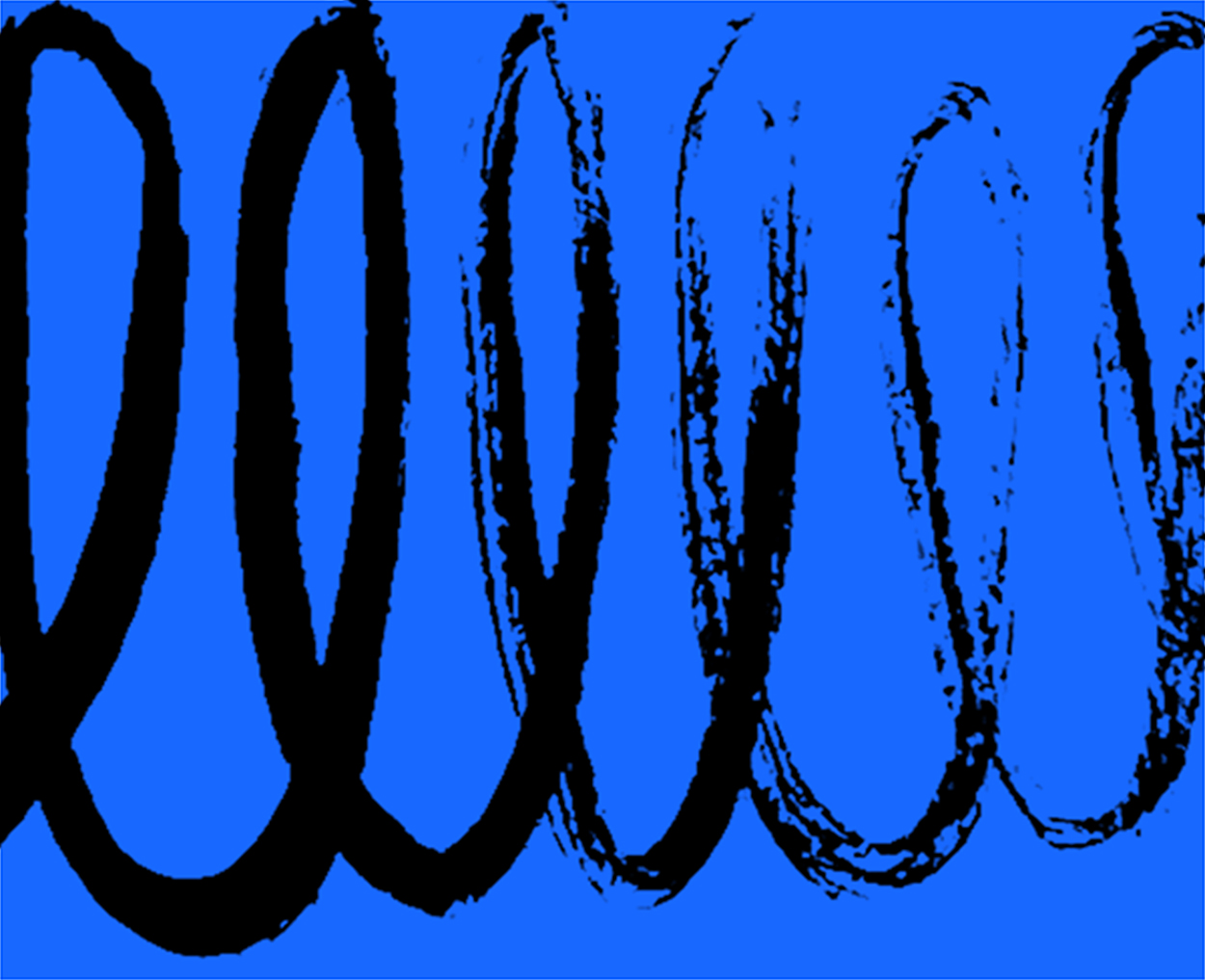
July 1, 2005
We Are All Editors Now. Or Are We?
Writing the recent post about Mevis and Van Deursen’s monograph and seeing the reaction in some of the comments started me thinking again about the relationship between design and editing. Here was a case of two designers acting as their own editor. Yet, to my mind, they dropped the ball.
The fact is that many designers fancy themselves in the role of editor. Why wouldn’t they? They work with editors all the time. At least they should be working with them. If a designer is handling text and there is no editor in sight, then things are probably already starting to go wrong … but I am running ahead of myself here. Usually there is an editor and sometimes more than one. Designers see this person, envy the power he or she has — to decide on content, to make final decisions, to boss the designer around — and think to themselves: “I could do that. I’m practically doing it already!” Sharing the same digital production tools adds to this feeling, giving designers a degree of access right up to the last moment that wasn’t possible when typesetting was carried out on someone else’s premises.
In recent years, the desire to take on such a role has intensified. We have the designer as author and, as part of the same process of chest inflation and self-empowerment, we have the designer as editor. Some of these aspirations are based in the undeniable areas of overlap between writing, editing and design. An art director commissioning a set of images to go with an article is doing something quite similar to the editor who commissioned the text. Everyone has to engage with the same issues of meaning and communication for this to work smoothly. It doesn’t happen often, but the art director’s vision can be so powerful and commanding that it overcomes the editor’s and becomes the controlling force in a publication. The German women’s magazine Twen, art directed in the 1960s by Willy Fleckhaus, is a famous case in point. More recently, Tibor Kalman succeeded in grabbing editorial control of Colors magazine for 13 issues, though he had to deal with another dominating visual person, creative director Oliviero Toscani, who was even higher than him on the editorial ladder.
I have always supported the designer-as-author idea — authorship is a broad church — but the designer-as-editor demand has never convinced me as a rallying cry. I can hardly deny that there is an element of protectionism in this. I used to work as a magazine editor and I still sometimes take on editorial projects. So I feel about as thrilled with the idea that we should declare open season on editing as designers must feel about the idea that everyman and his PC can be a designer. I’m on the designer’s side on that one. I believe designers have a level of ability, skill and talent that an untrained person is unlikely to be able to match. It’s exactly the same with editing. There is knowledge to absorb and skills to master and problems that you only learn to deal with through experience. There is basic aptitude, too. Not everyone is cut out for it. Editors concerned with content will need to be unusually well informed about their field and they will require a capacity for analytical thinking with language. Editors responsible for copy-editing will need to be exceptionally well versed in matters of writing style and grammar. Editors whose job is to proofread will need eyes like lasers — totally reliable proofreaders are hard to find.
Being an editor is not simply about choosing some things you happen to like and throwing them together to see what happens. It should be about a deep engagement with content and the construction of meaning. Some designers certainly have what it takes. I wrote a book about the late Herbert Spencer, editor and designer for 18 years of Typographica magazine. Spencer was entirely self taught, but he attained a high level of mastery of all three aspects of editing mentioned above. How many designers today would be capable of writing the kind of detailed editorial and orthographical style guide that Spencer produced for Lund Humphries, Typographica‘s printer?
Among contemporary designer/editors, I would single out Ellen Lupton, author of Thinking with Type: A Critical Guide for Designers, Writers, Editors, & Students. Lupton knows her stuff and you can tell that she takes pleasure in every tiny detail. The appendix of her book should be a first stop for any young designer who wants to learn about the relationship between editing and design. Another multi-talented figure is Robin Kinross, writer, designer and owner of Hyphen Press, which publishes his own Modern Typography: An Essay in Critical History. Kinross is the kind of person who would sooner cut off a finger than make an egregious error in print. I would be happy to trust either of these designers to edit my writing, but few others. It’s no coincidence that all three designers named here have, or had, a deep involvement with type. Typographers and type designers almost invariably share an editor’s obsession with even the smallest details.
Designers’ widespread fantasy that they could easily operate as editors given the breaks is part of the general devaluation of expertise in our culture and a growing suspicion of those who presume to decide what we should know about. The Internet’s rise has fuelled this scepticism. Blogs flourish as alternative, write-it-yourself sources of information and commentary that pose a direct challenge to the entrenched authority of print publishing. I sympathise with this. I’m a blogger, after all. Some editors’ blind-spots drive me nuts. (Not the ones I work with, I hasten to add.) At their worst editors in positions of power presume to act as gatekeepers, while often seeming to be complacent in their ignorance and deeply patronising to the readers they claim to serve. How useful to have blogs as one possible corrective — if there’s an obstacle in your way, step around it.
On the other hand, good editing is about quality control. Without it, quality will suffer at every level from the standard of research, thinking and writing to the number of typos. It is not ultimately in our interest as intelligent readers to undermine, still less to abandon, a craft that has been developing for centuries and that has thousands of highly accomplished and deeply committed practitioners. In most cases, I would say leave editing to the editors, but since their role is so vital let’s breathe hard on their necks, hold them to account for their judgements and challenge them to do better.
Observed
View all
Observed
By Rick Poynor
Related Posts

Business
Courtney L. McCluney, PhD|Essays
Rest as reparations: reimagining how we invest in Black women entrepreneurs

Design Impact
Seher Anand|Essays
Food branding without borders: chai, culture, and the politics of packaging

Graphic Design
Sarah Gephart|Essays
A new alphabet for a shared lived experience

Arts + Culture
Nila Rezaei|Essays
“Dear mother, I made us a seat”: a Mother’s Day tribute to the women of Iran
Recent Posts
Courtney L. McCluney, PhD|Essays
Rest as reparations: reimagining how we invest in Black women entrepreneurs Food branding without borders: chai, culture, and the politics of packaging Why scaling back on equity is more than risky — it’s economically irresponsible Beauty queenpin: ‘Deli Boys’ makeup head Nesrin Ismail on cosmetics as masks and mirrorsRelated Posts

Business
Courtney L. McCluney, PhD|Essays
Rest as reparations: reimagining how we invest in Black women entrepreneurs

Design Impact
Seher Anand|Essays
Food branding without borders: chai, culture, and the politics of packaging

Graphic Design
Sarah Gephart|Essays
A new alphabet for a shared lived experience

Arts + Culture
Nila Rezaei|Essays

 Rick Poynor is a writer, critic, lecturer and curator, specialising in design, media, photography and visual culture. He founded Eye, co-founded Design Observer, and contributes columns to Eye and Print. His latest book is Uncanny: Surrealism and Graphic Design.
Rick Poynor is a writer, critic, lecturer and curator, specialising in design, media, photography and visual culture. He founded Eye, co-founded Design Observer, and contributes columns to Eye and Print. His latest book is Uncanny: Surrealism and Graphic Design.